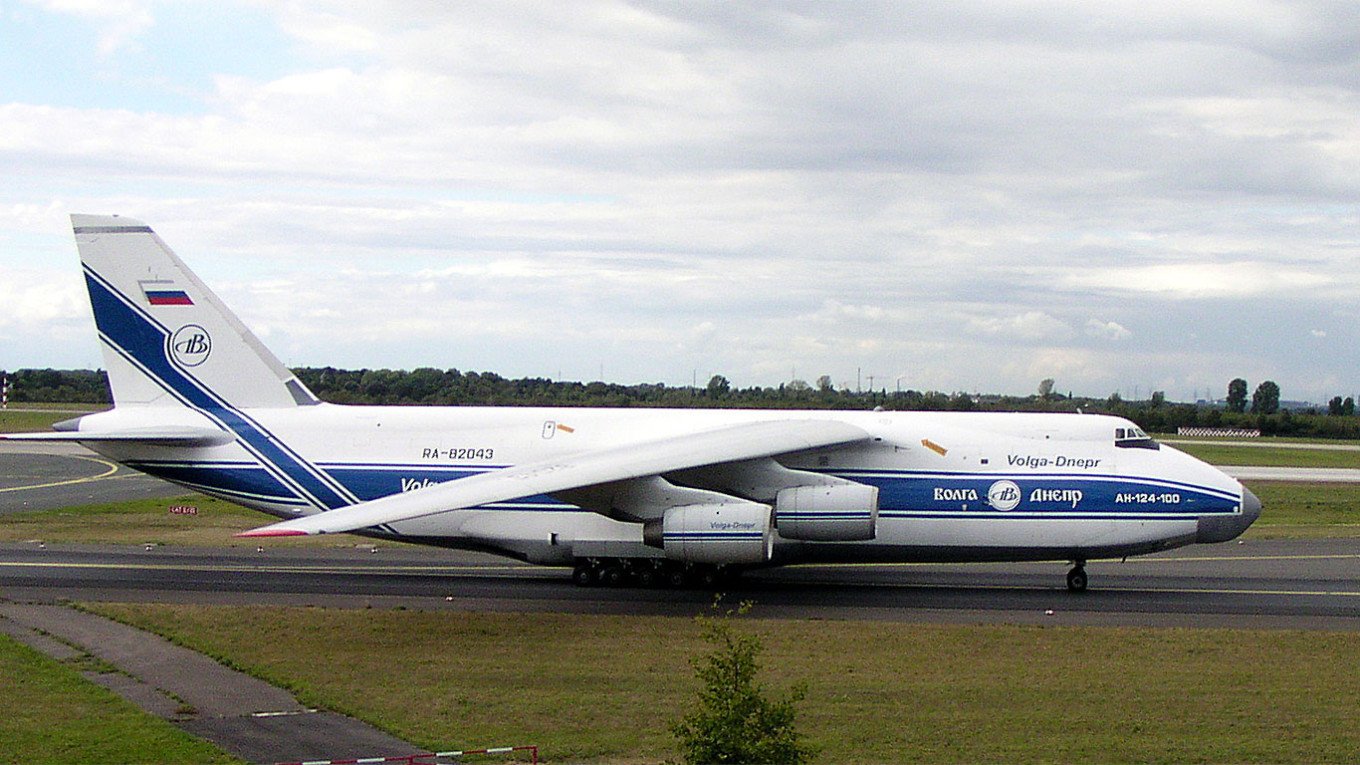The russian jet has remained grounded at Toronto Pearson International Airport since February 2022.
The Aircraft
The cargo plane, registered RA-82078 and owned by Russian operator Volga-Dnepr Airlines, is one of only a few of its type globally.
Canadian authorities first detained it after Russia’s large-scale invasion of Ukraine. Ottawa fears the aircraft could support military logistics if cleared for Russian use.
With a payload capacity exceeding 120 tons and a fuselage nearly three-quarters the length of a football field, the aircraft holds strategic value for airlift logistics in both military and reconstruction contexts.
Canada’s intent to shift its ownership to Ukraine reflects a deeper alignment of economic sanctions and direct support to Kyiv.
Legal Framework and Government Action
Canada formally ordered the seizure of the aircraft under the Special Economic Measures Act in June 2023.
Ottawa then updated the order in February 2025 to expand the list of persons and entities believed to hold interests in the aircraft, including foreign subsidiaries of Volga-Dnepr.
In March 2025, the Attorney General of Canada filed an application in the Ontario Superior Court seeking forfeiture of the asset.
According to legal analysts, the government appears to be “gearing up for forfeiture” and is preparing for potential transfer procedures pending judicial approval.
Ukraine’s Role and International Implications
Ukraine’s government welcomed Canada’s move and expects the aircraft to enhance its strategic airlift capacity for both defense and post-war reconstruction.
The transfer underscores Canada’s broader position among G7 allies in using seized assets to support Ukraine’s wartime needs and reconstruction plans.
However, Russia’s government has warned Canada that confiscation would be perceived as “theft” and could damage bilateral relations further.
Legal and diplomatic risk now factors heavily into the aircraft’s fate.
Practical Challenges and Timelines
Although the legal process has advanced, several practical hurdles remain.
The aircraft has been idled for over three years and will require extensive maintenance before resuming flight.
Canada will also need to certify ownership, export clearances, and ensure safe transfer logistics to Ukraine.
Some analysts believe the plane may not fly again until work on engines, avionics and structural components is completed.
Broader Significance for Canada
This case marks one of Canada’s more visible uses of its asset-seizure regime to target sanctioned Russian entities.
By seeking to transfer a major physical asset to an ally, Canada establishes precedents for future asset-forfeiture efforts.
The situation also places Canada at the intersection of economic sanctions, aviation regulation and wartime logistics.











